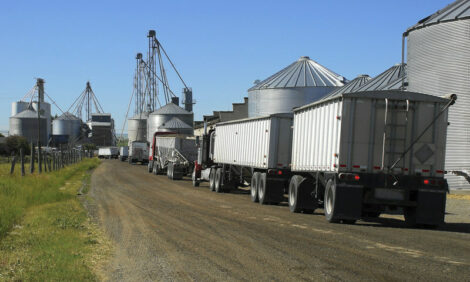



Lessons from the poultry industry
UK - World-wide, more pork is consumed than any other meat. At 90 million tons a year it far outstrips the 60 million tons of poultry meat, so of all meat producers, pig farmers have the greatest potential market, Dr Alan Tinch, head of genetics and research at JSR Genetics, reminded members of the South Humberside Pig Discussion Group.
In a back-to-basics presentation, he pointed out that both pigs and chickens had become domesticated because they were able to live close to people, were easy to feed, lived in family groups, had a high reproductive rate and were active at birth. These basic qualities needed to be borne in mind when developing the best management systems.
As a chicken geneticist and technologist who "crossed the road" to pig breeding, he pointed out that, in the global broiler industry, the breeds from just four companies now account for 90 per cent of world production. With pigs, home breeding accounts for 50 per cent of production and over 12 breeding companies account for the rest.
"Modern breeds of broiler chicken and pig show fast, efficient growth with improved meat yield over their primitive ancestors. However, it is surprising that both species produce similar amounts of lean meat per square metre of farming space per year," he said.
The main difference between the species is the feed efficiency, where the chicken has a large advantage. The chicken typically has an overall feed conversion rate of 1.8 compared with 2.5 for the pig.
Today, the main limiting factor in pig production is sub-optimal health, which prevents pigs from achieving their full genetic potential, pointed out Dr Tinch. "We have had wave after wave of devastating diseases and there will always be new diseases coming along," he predicted. "And the information age means there will always be health scares."
In the broiler industry there is a strict biosecurity barrier at each stage between the breeder farm, hatchery and broiler farm, and large, single-age populations of birds were kept under a strict all-in, all-out system. With pigs, where sows must be in contact with their offspring, it is more difficult to develop biosecurity protocols which separate the generations and allow all-in, all-out management, he said. However, where such systems are put in place, disease challenge is reduced and performance improves dramatically.
Source: JSR Genetics - 5th March 2004








